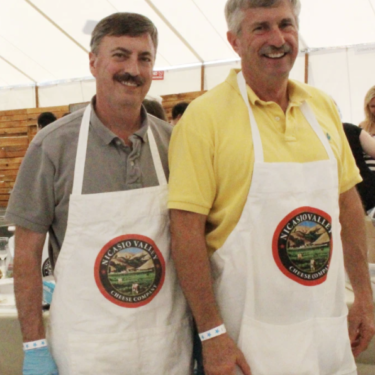Driving up to Nicasio Valley cheese company I smiled to myself, recognizing the field across from the cheese shop as the location of my family’s favorite pumpkin patch. Immediately, memories of sneaking more than an appropriate number of cheese samples from the shop struck me, and I excitedly remembered the creaminess of the Foggy Morning cheese, and begging my mom to buy just one more.
Upon meeting Scott LaFranchi, the man in charge of operations at Nicasio Valley cheese, I told him about my fond memory of this place and of the pumpkin patch. “Oh yeah, the pumpkin patch, that’s all my brother Rick,” he said with a smile. Scott’s father Fred and his wife Zelma have 6 kids, including Scott and Rick. What a family affair.
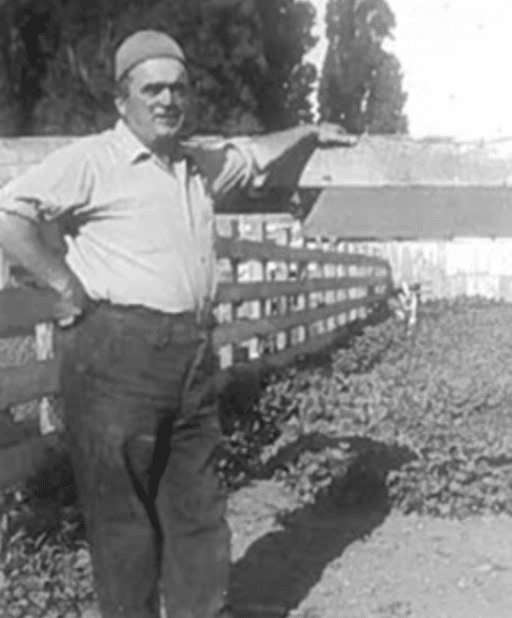
This land has been in the family for over 100 years. Scott’s grandfather, Fredolino Lafranchi started the dairy side of the business in 1919. He was a Swiss immigrant that came to the United States at the age of 17. Eventually, Scott’s father took over the dairy, buying out his other siblings and taking over the ranch completely.
Scott detailed what it meant to live on a dairy back at that time. “They grew a lot of their own crops back then… hay, they grew feed themselves… it was very labor intensive.”
For almost 100 years of the dairy being open, it has been a conventional ranch. In 2006 however, the family decided to make a switch.
“The main reason LaFranchi Ranch initially became organic was because it was obvious as a small dairy we could not compete as a conventional dairy against the large (5,000-10,000 cow dairies) in other parts of the state as their economies of scale were so much better than ours. This was the same conclusion most of our neighbors arrived at as over 90% of the dairies in Marin and Sonoma county are now organic. Without going organic most of the dairies would not have survived,” Scott said, detailing the economic reasons they made the switch.
He went on to describe the decision in terms of the support of sustainable agriculture. “Because of the large amount of grazing land on our ranch we felt it would be a great fit as an organic dairy. We embraced going organic by not only grazing our cows on pasture for a good part of the year (which is an organic requirement), but by going beyond this requirement by fertilizing our fields with compost that is made on our ranch and also by maximizing the grass by using rotational grazing techniques. This is not only good for our business, but is also good for the environment, which is very important to us as we embrace sustainable farming.”
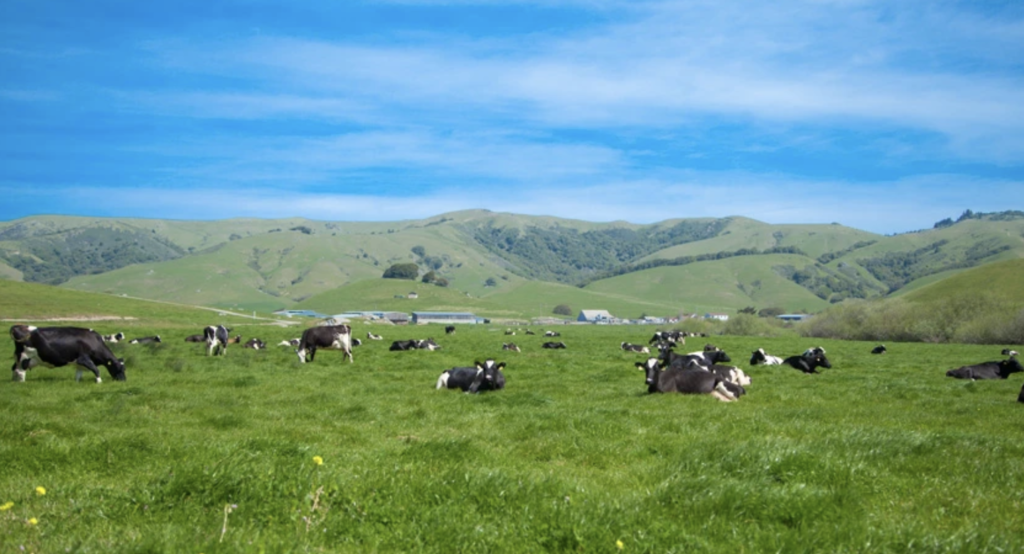
At the ranch, the cows are on the pasture from February to June, eating grass. Even before going organic, there was always grazing space for the cows. The real difference in switching to organic was actually relatively minute. There are certain medications they can no longer give the cows, for one. The cows also have to obviously be fed all organic feed. The feed consists mostly of alfalfa, silage – which is grown on the ranch – soy meal, corn, and barley. Because they aren’t allowed to use any antibiotics they instead use preventive health care practices.
And it obviously takes some time to switch from being a conventional to an organic ranch. Before going organic, they utilized Round-Up for controlling the thistles on the property, which is something they had to stop doing. In fact, for 3 years they had to stop using pesticides before they could be certified as organic. It also took 3 years of feeding the cows organic feed before they could be certified as organic. This is all to say, going organic is not a walk in the park, but it was quite clearly the right choice for this company.
There’s a lot of work that goes into a functioning dairy, period. The Lafranchis currently have about 450 cows on property, which produces more than enough milk than what the cheese production branch of the company can deal with. And get this, the cows are milked 2 times a day, 365 days a year. That’s a lot, a lot, of milk. Any of the milk that isn’t used in the cheese is shipped off to Clover.
Anyways, enough about the milk. Let’s get to the good stuff – the incredible cheesy goodness that Nicasio Valley cheese company sells to us lucky consumers every day of the year.
The cheese company was established in 2010, and given that the ranch was already organic at this point, the cheese company has always been organic. Scott and Rick’s father always wanted to integrate cheese as a component, but during his time running the operations of the ranch was never quite able to make it happen. So when it was Rick and Scott’s time to take over, they decided that was something they were going to bring to the business. They talked with friends at Point Reyes Cheese Company and Cowgirl Creamery, all of which were very supportive, and they decided to venture into the cheese industry.
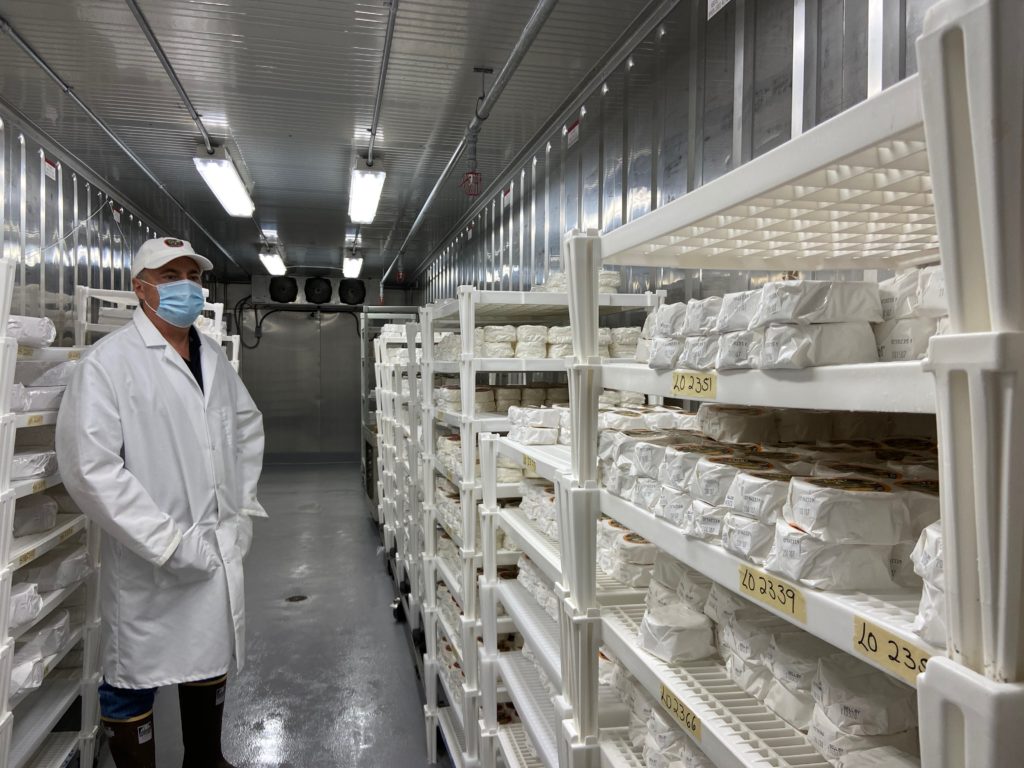
Once they made that decision, the question still stood: What kind of cheese?
To answer the question the LaFranchi brothers reached back into their roots. Over the years, their father was very good at staying in touch with their relatives back in Switzerland. The LaFranchi brothers had been back to visit family, and had had family come visit them in the states. And whenever they visited, they always loved the cheese. They chatted with one of their cousins Gabrielle when he was visiting, telling him that they wanted to learn how to make the swiss cheese they loved so much and start doing it in the US. He told them ok, sure, come back to Maggia and I’ll introduce you to the local cheese maker. Maggia is a small town in Switzerland where Fredolino grew up before immigrating to the United States.
So they went, they met Maurizio Lorenzetti, the local cheesemaker, and of course, loved his cheese. The brothers asked Maurizio if he would come to the states and teach them to make cheese in the states, to which he readily agreed.
So, a couple years later, once the cheese production plant was built, Maurizio came, and within 3 weeks taught them to make 6 different cheeses. That’s a lot to learn in three weeks, and things were not perfect at the beginning. But after many Switzerland to US long distance phone calls, and lots of trial and error, the cheese began to get better and better. These original cheeses are still what’s offered today, with a couple additions, and they are: the Foggy Morning, the Formagella, the Halleck Creek, the Loma Alta, the Nicasio Reserve, the Nicasio Square, and the San Geronimo.
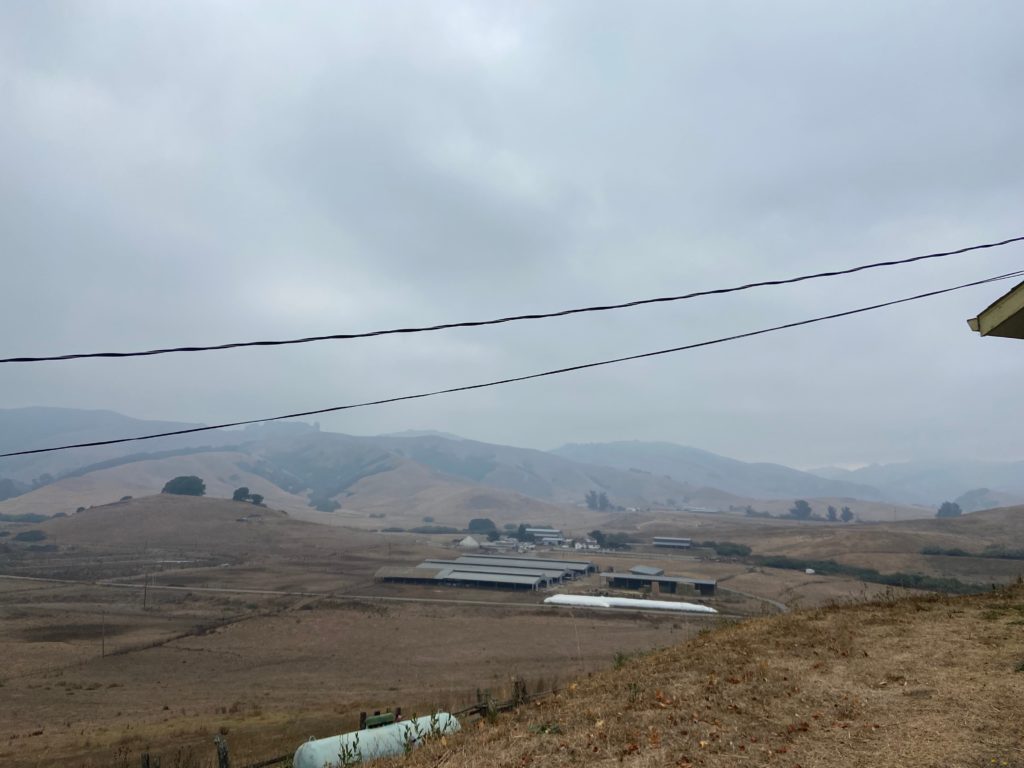
So after sitting at one of the outdoor picnic tables and chatting for a while, Scott offered to take my fellow intern Claire and I up to a viewpoint from which we would be able to see the entire ranch. We readily agreed and hopped in the car, following Scott down the same road the milk tank travels every day.
It was a foggy day, but we could still see cows down below, hanging out on open grass fields. Scott pointed out where the cows get milked, and elaborated on how the whole process works, telling us how they get milked for the first time at 2 in the morning.
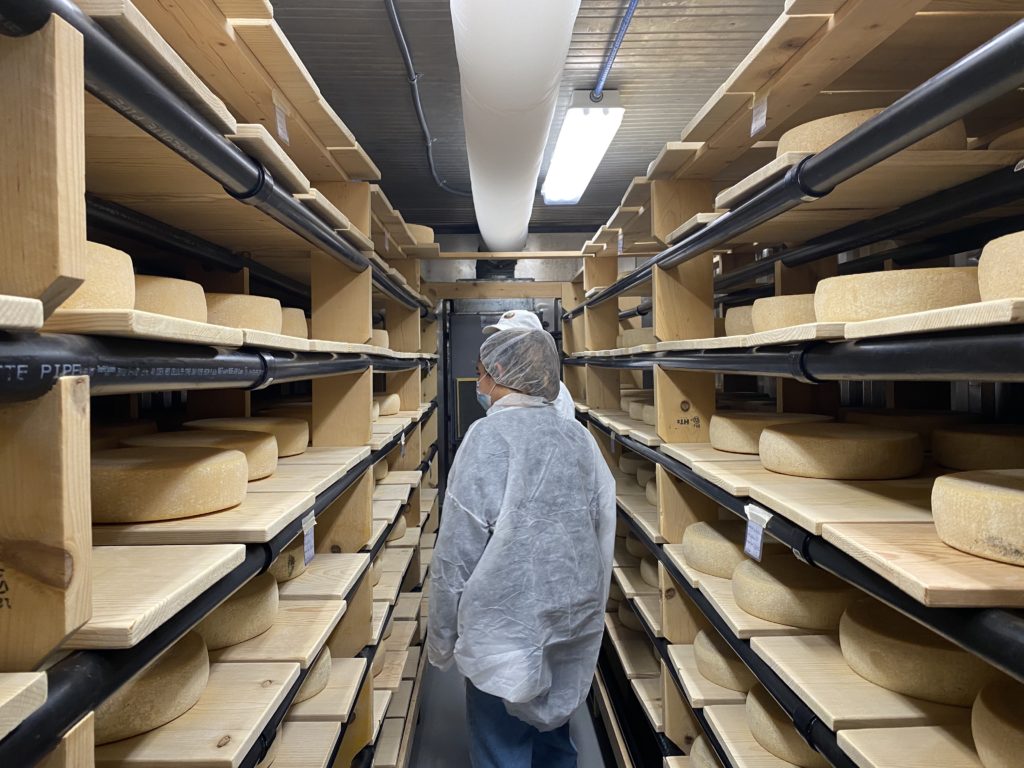
Scott then offered to show us around inside the cheese plant itself. We followed him back down the windy road to where we had initially met. After putting on a hairnet, shoe coverings, and a coat, Scott showed us around all of the different rooms within the plant. As a hardcore foodie, it was in one word, beautiful. Cheese sitting in cool rooms, cheese marinating in brine, yellow rounds of cheese aging on wooden cutting boards. It was a lot to take in.
At the end of our visit, Scott offered us a few cheeses to take home, which Claire and I were both very excited about. And rightfully so, the cheeses were delicious, even more so after getting a thorough understanding of the thought and care that goes into running an organic cheese company.
